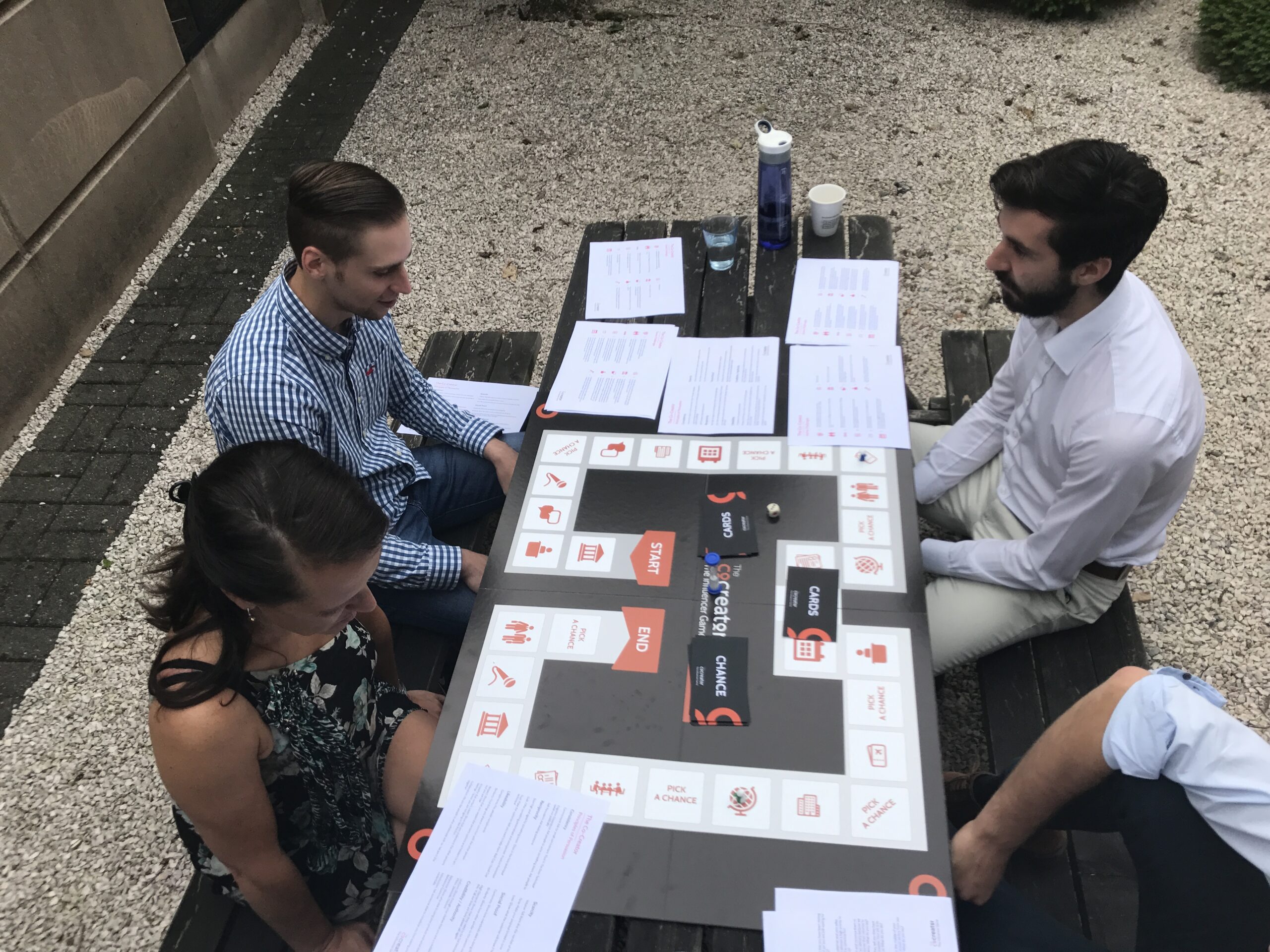The landscape of B2B go-to-market strategies has undergone a revolutionary transformation, progressing from ‘Multi-Channel’ to ‘Omni-Channel’ approaches, and now standing on the brink of the ‘Opti-Channel’ future. In this blog post, we explore the implications of this shift and the importance of finding “the right channel at the right time.”
Adapting to Empowered Customers
With the integration of technology in sales, B2B sellers must navigate a complex web of communication channels in an era where empowered customers are in control. This demands adaptability, creativity, and technological proficiency from sales teams. Buyers, on the other hand, dedicate substantial time to pre-purchase research. The creation and distribution of content has become critical. Sales and marketing leaders must develop strategies to ensure the right information reaches the customer through their preferred channels.
The Impact of Virtual Sales Interactions
The post-Covid world has accelerated the shift towards virtual sales interactions, leading to a reevaluation of the sales force. Sales teams need to reimagine how they sell, reward, and foster new business in an environment dominated by online meetings. To adapt to the new reality, sales teams are discovering that communication and creativity go hand in hand. Augmented Reality is emerging as a bridge between the digital and physical realms, enhancing the customer journey through personalized experiences. Success lies in providing sought-after information through preferred channels. Companies that can discern the data that drives commercial success and leverage AI and Big Data for personalization will have a competitive advantage.
Optichannel Strategy: Simplification and Efficiency
Transitioning from multichannel to omnichannel and now to optichannel involves striking a balance between customer experience, cost efficiency, and intelligent channel selection. It requires a strategic use of AI and Big Data to personalize interactions while keeping costs in check. Maintaining multiple channels can be complex and costly, often failing to deliver the seamless experience promised by omnichannel strategies. Optichannel thinking calls for pragmatism, aligning performance with customer expectations and focusing on meaningful and cost-effective interactions. While digital channels play a crucial role, face-to-face interactions remain essential for first-time purchases, complex sales, and relationship building. The key is to strike a balance between digital and physical touchpoints.
Conclusion: Embracing a Tailored and Strategic Approach
As B2B sales strategies evolve, a tailored and strategic approach to channel selection becomes crucial. Quality trumps quantity, and each touchpoint should be optimized for maximum impact. In the age of optichannel, the goal is to be exactly where the customer needs you to be.
By navigating the evolution of go-to-market channels and optimizing the customer experience, B2B sales teams can stay ahead in today’s dynamic business landscape.

